Alexandra Wesley does everything she can to fight COVID-19 and minimize exposing her family to the virus she works around every day as a student nurse tech at Flint’s Hurley Hospital. Wesley avoids the cafeteria at all costs. She brings her lunch and dinner in plastic bags instead of a lunch box, and she makes her own coffee in the break room.
After work, she texts her family that she has made it home and then takes off her nursing scrubs in the garage, placing everything on newspapers. She bleaches her phone and leaves it there to dry. Then she washes her hands with antimicrobial soap, showers and watches TV in the basement, where she relocated from her upstairs bedroom.
“I see a lot of scary things,” Wesley says. “But this virus, it is like nothing I have ever seen before. I remember seeing the first positive patient and just looking in the window watching them try to breathe on the ventilator, and I felt helpless. I will never forget that feeling I had in my stomach.”
That feeling, however, has not been enough to keep her on the sidelines. Wesley has joined protesters, across all 50 states and across all racial lines, who poured out of their homes ignoring distancing and stay-at-home orders to make clear that black lives matter. Despite the health risks, Wesley says that “these protests are not a choice; they are a duty.”
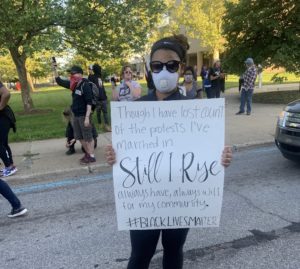
Similarly, some medical experts wrote and signed an open letter approving of the protest. “Protests against systemic racism, which fosters the disproportionate burden of COVID-19 on black communities and also perpetuates police violence, must be supported,” the letter stated.
The signers of the open letter encouraged protesters to pass out masks to other demonstrators, use chalk to mark social distance and even provide rope with knots at six-foot intervals so that they can safely march together.
In the beginning of the COVID-19 pandemic, people mostly heeded warnings to avoid social gatherings, stay six feet apart and wear masks. The American people were told in essence that there need not be a second wave if people followed the stay-at-home orders and guidelines from the Centers for Disease Control.
“The efficiency and effectiveness in which we put the manpower, the systems, the tests to identify, isolate and contact trace, that will determine how successful we are in preventing that wave,” Dr. Anthony Fauci, director of the National Institute of Allergy and Infectious Diseases told CNBC.
But then, Minneapolis Police Officer Derek Chauvin, 44, kneeled on the neck of George Floyd, 46, during an arrest after a store clerk reported Floyd for allegedly passing on a counterfeit $20 bill. Chauvin ignored shouts from bystanders to get up. After Floyd became unresponsive, he was put on a stretcher and declared dead at the hospital. The last incident followed the shooting deaths of Ahmaud Arbery by white vigilantes near Brunswick, Georgia, and Breonna Taylor by the Louisville Police Department in Kentucky.
One woman described Floyd’s death as the straw that broke the camel’s back. Michiganders began to put on masks and come out of their homes to protest, chanting “No Justice, No Peace!” To protect herself from the virus as she protested, Wesley stayed six feet from the rest of the demonstrators, wore an N95 mask and kept her eyes protected. Once she got home, she removed her shoes outside and changed her clothes immediately.
Even though President Trump uses past tense verbs when referring to the coronavirus, Wesley knows that the pandemic is far from over. After all, she lives and works in Michigan, one of the states with the most cases, prompting Gov. Gretchen Whitmer to issue some of the more “conservative” orders in the nation to stop the pandemic.
Amid the concern of spiking cases as a result of the mass demonstrations nationwide, Gov. Tim Walz of Minnesota urged those who felt sick to self-isolate and to not go protest. As far as the CDC is concerned, it is too early to tell yet if a spike would produce a second wave.
“The CDC and our federal partners are monitoring closely the demonstrations happening across America,” Jason McDonald, a spokesman for the CDC’s COVID-19 response team, said in a statement. “Protests and large gatherings make it difficult to maintain our recommended social distancing guidelines and may put others at risk.
“It is too early to know what, if any, effect these events will have on the federal COVID-19 response. Every local situation is different. State and local officials will make decisions to protect public health and safety based on circumstances on the ground.”
“Being that I’m seeing these protests firsthand,” Wesley said, “I can see that 90% of people are protecting themselves.”
At some protests, people are giving away free masks, hand sanitizer and food. Others carry extra water, sometimes mixed with milk of magnesia, to share with fellow protesters in case they are attacked with tear gas or pepper spray. In Washington, D.C., Rahul Dubey let 70 protesters in his home for safety after they had been pepper sprayed.
With Americans risking a pandemic to use their First Amendment rights, Wesley had some medical tips for fellow protesters. “I think as a whole we could improve at requiring masks and spacing out when marching,” she said. “Be sure to wear goggles as the virus can enter through your eyes.
“We as black people are more at risk for the virus so when protesting, make sure you aren’t doing something that could possibly result in another black life being lost to COVID-19.”
“Truthfully,” says Dr. Terrance Hughes, a physician in Canada formerly in Michigan, “there is no safe way to protest in light of the coronavirus pandemic.”
“Trying to maintain social distancing in light of the numbers of people out protesting is almost impossible,” Dr. Hughes says. “There’s a concern that the speaking and breathing in such close proximity to others can increase transmission. There’s a concern that tear gas can increase the risk for respiratory infections in general, which may open the door for coronavirus. If anyone has to go out, remember the basics: mask, gloves, social distancing, and don’t touch your face at all.”
Wesley said that she thinks “cases will spike as a result of the protesters being instigated and trapped by police.”
“I’m watching videos of people gasping for air due to inhaling tear gas,” she said. “I’m watching videos of people trying to run to their cars. I’m watching videos of unnecessary arrest bringing more exposure to the jails. Also, once being injured by police, protesters are having to go to the hospital or receive first aid from volunteers in the street, which once again results in more exposure.”
Federal, state and local health officials are recommending that protesters get tested three to five days after they stop attending demonstrations and that they continue to monitor their health for possible symptoms. D.C. is offering free testing at fire stations and CVS. Testing is also available at the George Washington University Medical system and Howard University Hospital by appointment.
Despite the uncertainty regarding the end of the pandemic, a glimmer of hope exists among the protesters who are seeing signs that their actions are making a difference.
At Floyd’s funeral, the Rev. Al Sharpton remarked how many allies civil rights demonstrators have all over the world today compared to 50 years ago. Democrats in Congress are working on legislation to curb police brutality, while Republicans want incentives for the states to make their own reforms. So far, Denver and Minneapolis along with France have banned choke holds as a form of restraint.
Corporations and other institutions are re-examining their diversity and employment practices. Activists are encouraging citizens to vote and strategizing on ways to make the most of this moment to address inequities across the board.
Jaylen Williams, who grew up in Flint, Michigan, is a senior majoring in journalism at Howard University.

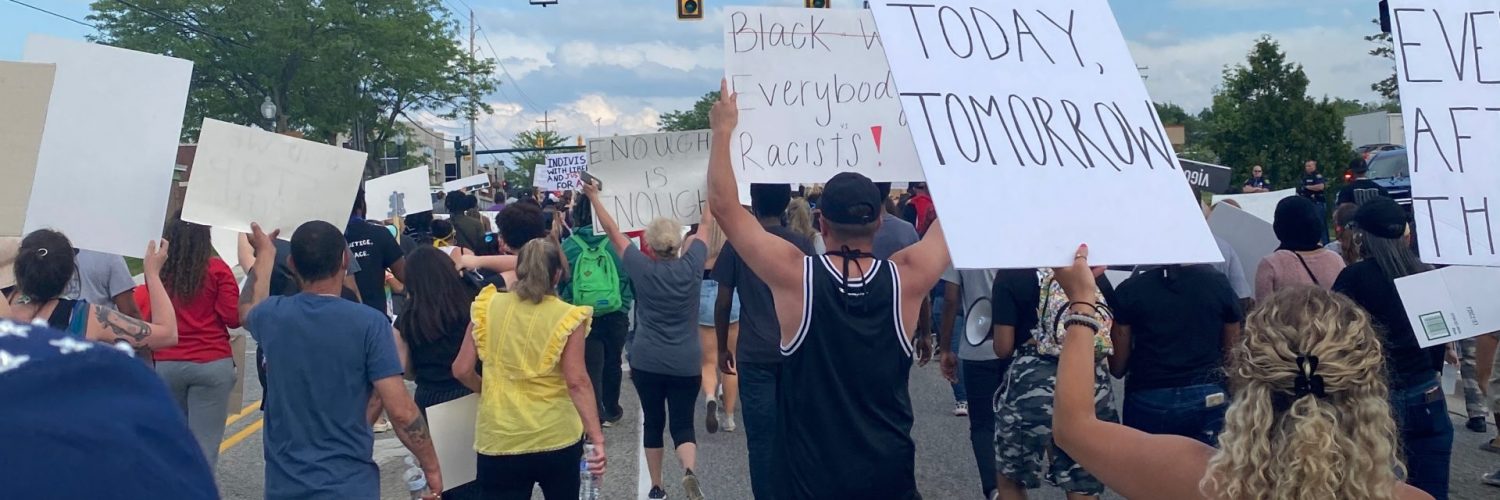

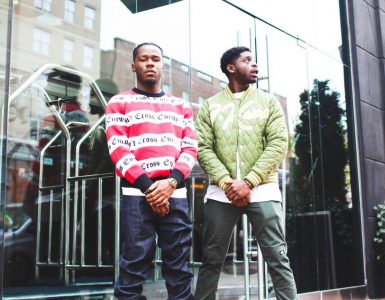
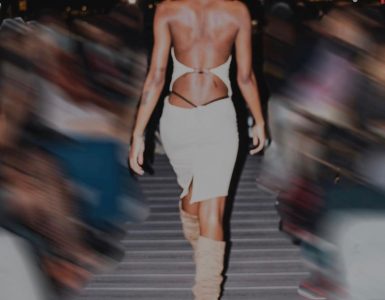
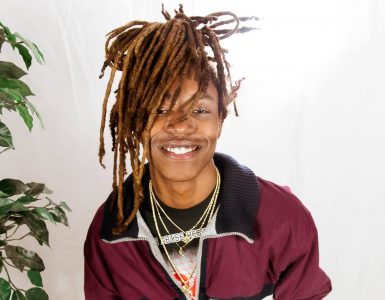
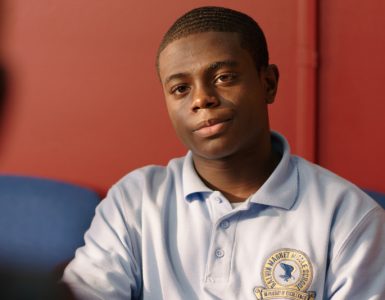

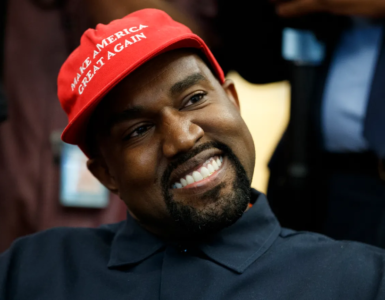
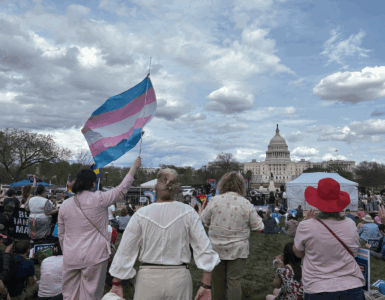
Recent Comments